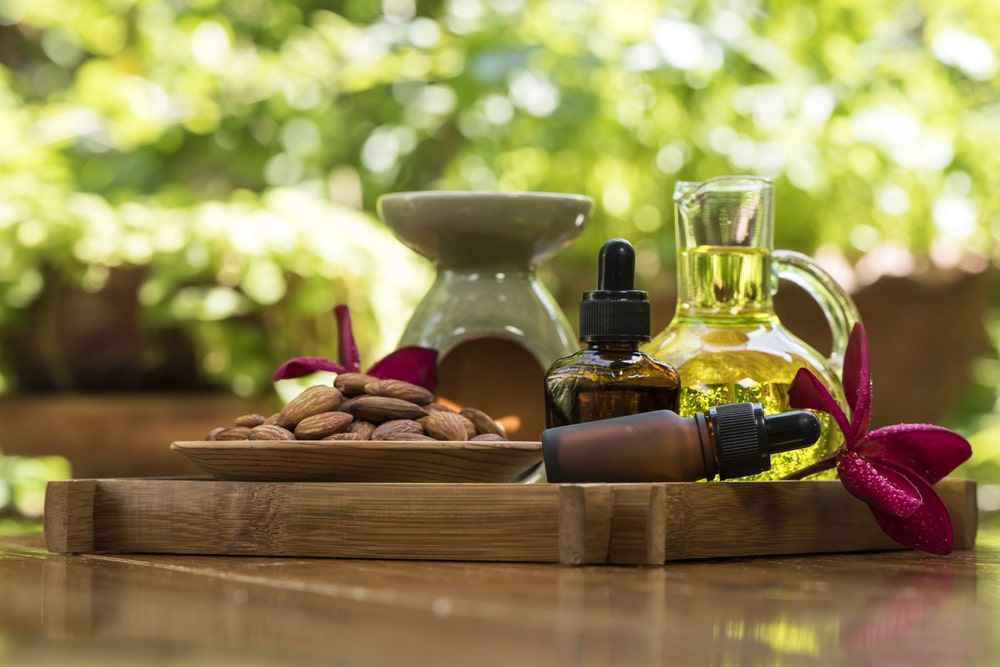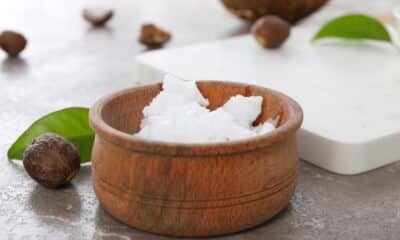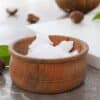Discover The Hidden Shampoo Ingredients Sabotaging Your Hair Health
Most women rarely take a moment to peek at their shampoo labels until they notice something goes wrong—like frizz, dullness, or perhaps even scalp irritation. Have you ever wondered what’s actually in that bottle you reach for a few times a week? On average, shampoos can contain anywhere from 10 to 30 different chemical ingredients. Many of these substances might do more harm than good, especially when it comes to caring for women’s hair.
Understanding Hair Basics and Why Ingredients Matter
Let’s face it: women’s hair is different from men’s. Our strands tend to be thinner, yet we certainly have more of them. Hormones play a significant role in how our hair grows and changes, affecting growth cycles and oil production at different points in the month. This is why harsh ingredients can hit our hair so much harder than they might for others.
Imagine each hair strand as being covered with tiny scales, similar to the shingles on a roof. When you use a shampoo with harsh chemicals, these scales get forced open, revealing the inner core where your hair’s strength and color reside. Once that protective layer is damaged, repairing it is no simple task.
Harmful Sulfates to Avoid
You love that bubbly lather when washing your hair, right? But what you might not know is that it often comes courtesy of Sodium Lauryl Sulfate (SLS), which can wreak havoc on your hair. While it easily removes dirt and grease, SLS also strips away every ounce of your hair’s natural oils. Plus, if your hair is colored, SLS can speed up fading—an absolute nightmare for anyone with dyed locks. For those blessed with curls, SLS is often considered the ultimate enemy of your curl pattern.
Sodium Laureth Sulfate (SLES) might sound like a gentler option, but it’s hardly the solution. It strips oils from your scalp, leading to a cycle where your scalp overproduces oil to compensate, leaving you in a constant cycle of washing your hair more often and making things worse.
Silicones and Their Hidden Drawbacks
The instant smoothness you get from products loaded with dimethicone feels delightful—until you realize it’s just a masquerade. Silicones act as a plastic wrap for your hair, masking damage instead of genuinely fixing it.
What’s more, many silicones aren’t easily washed out. They accumulate over time, blocking moisture from seeping into your hair shaft. If you’ve got fine hair, you know how frustrating this is—silicones can make your strands appear even flatter and limp.
Problematic Preservatives
Parabens have earned a bad rap for a reason. Ingredients like methylparaben and propylparaben can mimic estrogen in your body and have even been found in breast cancer tissue. While the research is ongoing, why take the risks?
Even more unsettling are formaldehyde-releasing preservatives that lurk under names like DMDM hydantoin. Yes, they’re there to keep your shampoo bacteria-free, but formaldehyde is also used in mortuaries. Not exactly what you’d want near your scalp!
Artificial Fragrances and Colors
When you spot “fragrance” on a label, know that one little word can mask a whole host of secret chemicals. Companies aren’t obliged to disclose what’s in their scent blends, and those hidden ingredients can lead to headaches, rashes, or even breathing issues for many women.
As for those eye-catching colors in your shampoo? FD&C and D&C dyes contribute nothing beneficial to your hair. They merely serve to make the product visually appealing, all while potentially irritating your scalp.
Alcohols That Dry and Damage
Not all alcohols are bad for your hair, but some definitely are. Ingredients like isopropyl alcohol and ethanol evaporate rapidly, leaving your hair feeling parched and brittle—especially problematic for those with dry or curly hair.
On the flip side, cetyl and stearyl alcohol are beneficial. Derived from plants, these ingredients can moisturize and soften, providing a much-needed hydrating boost.
Anti-Dandruff Ingredients: Friend or Foe For Women?
Did you know that you may notice worse dandruff right before your period? That’s entirely normal. Hormones affect scalp health, making the selection of anti-dandruff products a bit tricky for women.
Zinc pyrithione can be effective, especially when paired with the right nurturing ingredients that prevent dryness. The Balancing Shampoo marries zinc pyrithione with botanical extracts to keep your scalp happy. Unlike traditional dandruff shampoos, it smells wonderful and won’t strip your hair color or leave it feeling like hay. Women have praised it for reducing breakage and maintaining color vibrancy without relying on harsh chemicals.
Other options like selenium sulfide can do the job but may ruin a freshly done dye job. Ketoconazole, while effective, can be too strong if overused, wiping out the good microbes that live on your scalp along with the bad ones.
Postpartum hair changes or monthly hormonal shifts require products that treat and nurture simultaneously, and The Balancing Shampoo delivers just that—balancing oil production while maintaining overall hair health.
Better Alternatives
There are much gentler options available. Look for sulfate-free shampoos that incorporate milder cleansers like coco glucoside and sodium cocoyl isethionate. These formulas won’t foam up as much but will leave your hair looking healthier within weeks.
Real conditioning ingredients can be a game-changer. Shea butter, argan oil, and panthenol (vitamin B5) can soak into your hair, providing true nourishment rather than just coating it.
Concerned about keeping products fresh without using nasty preservatives? Sodium benzoate paired with potassium sorbate is a worthy alternative. While no preservative is flawless, these options have better safety records.
Using products that complement each other makes all the difference. The Balancing Shampoo performs even better with its companion, Nourishing Conditioner. Together, they provide ongoing care for your scalp and hair, delivering superior results compared to mismatched products.
How to Read a Shampoo Label
Getting to know ingredient lists isn’t as daunting as it seems. Remember that these lists follow a specific order: the ingredients used in higher concentrations appear first. The first few on the list are what you’re really putting on your hair.
Don’t fall for flashy labels that scream “ARGAN OIL MIRACLE!”—they might contain just a tiny drop of argan oil amid a sea of cheap, harmful chemicals. Apps like Think Dirty and EWG’s Skin Deep can help decode the marketing hype to reveal what’s really inside your products.
Better Ingredients, Better Hair—It’s That Simple
Your shampoo should cleanse your hair without leaving it more damaged than before. That’s not a hefty request.
By avoiding harsh sulfates, silicones, questionable preservatives, synthetic fragrances, and drying alcohols, you can break the damaging cycle that many traditional shampoos create. Your hair can actually start to heal instead of settling for a temporary fix.
Many women spend years frustrated by their hair’s lack of improvement, despite trying countless products. Transitioning to better formulations that include zinc pyrithione combined with nourishing botanicals can unveil the hair that you’ve always wanted—healthy, strong, and flake-free.
So, the next time you reach for your shampoo, pause for a moment and check that label. Your hair truly deserves better than just another chemical cocktail.














